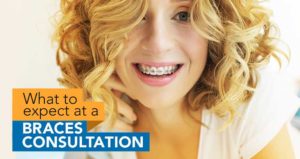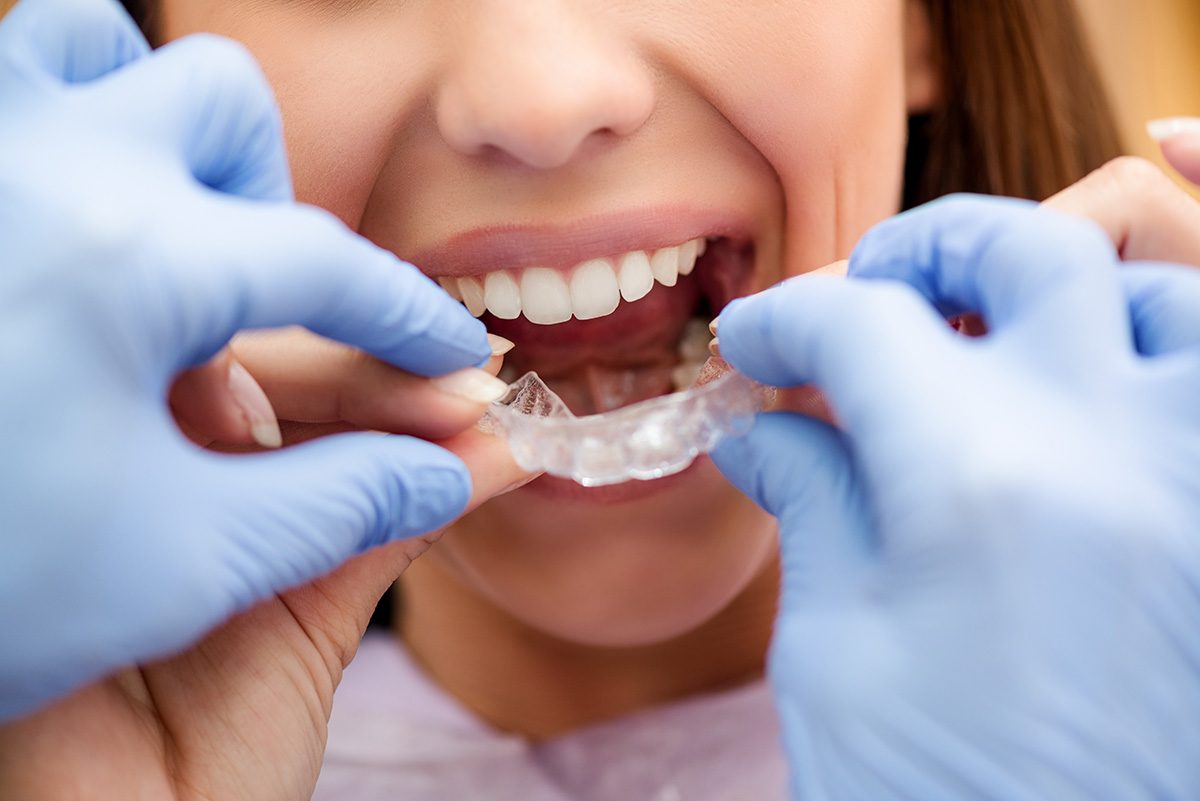The smart Trick of Legacy Orthodontics That Nobody is Talking About
Wiki Article
The Legacy Orthodontics Ideas
Table of ContentsThe 25-Second Trick For Legacy OrthodonticsSome Ideas on Legacy Orthodontics You Need To KnowThe 5-Second Trick For Legacy OrthodonticsThe 7-Minute Rule for Legacy OrthodonticsThe 9-Minute Rule for Legacy Orthodontics
At Advanced Orthodontics, we give clients with a holistic therapy experience. Furthermore, we supply flexible therapy timetables, versatile repayment choices and a fun, pleasurable experience. leesburg braces. Call ( 480) 357-4900 today for additional information and routine an appointment.An orthodontist is a dental practitioner educated to diagnose, avoid, and treat teeth and jaw irregularities. They deal with existing conditions and are educated to determine issues that might create in the future. Orthodontists collaborate with people of every ages, from youngsters to grownups. People typically connect an excellent smile with health.
Malocclusion, or misaligned teeth, can lead to dental problems, including tooth decay, gum illness, and tough or painful eating. Not everybody is born with straight teeth. If you have a poor bite or huge areas in between your teeth, you may wish to speak with a dentist concentrating on orthodontic care.
The smart Trick of Legacy Orthodontics That Nobody is Discussing
( Image Credit Rating: DigitalVision/Getty Images) Orthodontists utilize fixed and detachable oral gadgets, like braces, retainers, and bands, to alter the position of teeth in your mouth. Orthodontic therapy is for dental problems, consisting of: Jagged teethBite issues, like an overbite or an underbiteCrowded teeth or teeth that are also much apartJaw misalignmentThe objective of orthodontic treatment is to boost your bite.A healthy and balanced bite guarantees you can eat, chew, and talk effectively. While you could think of orthodontists as mainly for kids or young adults that require dental braces, they can fix oral problems at any type of age. Orthodontists participate in college, dental school, and orthodontic school. After college graduation, they spend 2 or 3 years in an orthodontic residency program.
All orthodontists are dental professionals, yet not all dental experts are orthodontists. Orthodontic residency programs use extensive, focused direction for dental professionals. They focus on 2 locations: Exactly how to effectively and securely move teeth Just how to properly assist growth in the teeth, jaw, and faceOnce an orthodontist has completed training, they have the alternative to come to be board certified.
A Biased View of Legacy Orthodontics
Misalignment, or malocclusion, is one of the most usual factor people see an orthodontist. It is hereditary and is the outcome of size distinctions in between the top and reduced jaw or in between the jaw and teeth. Malocclusion brings about tooth overcrowding, an askew jaw, or uneven bite patterns. Malocclusion is typically treated with: Your orthodontist attaches steel, ceramic, or plastic square bonds to your teeth.If you have only small malocclusion, you might have the ability to use clear braces, called aligners, rather than traditional dental braces (https://www.topratedlocal.com/legacy-orthodontics2-reviews). Some individuals require a headwear to aid relocate teeth right into line with stress from outside the mouth. After dental braces or aligners, you'll require to wear informative post a retainer. A retainer is a personalized gadget that keeps your teeth in position.
They're usually used on kids. They can develop added room in the mouth without needing to draw teeth. If you have a major underbite or overbite, you may require orthognathic surgery (also called orthodontic surgery) to lengthen or reduce your jaw. Orthodontists use cords, medical screws, or plates to support your jaw bone.
You may need to see an orthodontist if you have: Crowding or otherwise sufficient space for all of your teethOverbite, when your upper teeth come over your bottom teethUnderbite, when your base teeth are as well far forwardSpacing or concerns with gapsCrossbite, which is when your upper teeth fit behind your base teeth when your mouth is closedOpen bite or an upright gap in between your front bottom and top teethMisplaced midline, when the center of your base and upper teeth do not line up Remedying a dental malocclusion can: Make biting, eating, and speaking easierImprove the proportion of our face and your general appearanceEase discomfort from temporomandibular joint disordersDifferent your teeth and make them simpler to cleanse, helping prevent tooth degeneration or tooth cavities It's frequently a dental expert who initially notifications misaligned teeth during a regular test.
Some Known Questions About Legacy Orthodontics.

During your initial orthodontic consultation, you'll likely have: An oral examPhotos taken of your face and smileDental X-raysPanoramic (360 level) X-rays of your face and headImpressions to produce molds of your teethThese tests will certainly assist your orthodontist recognize exactly how to wage your therapy. leesburg braces. An orthodontist is a dental practitioner who's had training to treat your teeth and jaw
Orthodontists might do surgery, exams,X-rays,and more to aid you achieve a more comfy, healthier smile. An orthodontist is concentrated on your bite, so something like a cracked tooth would certainly be handled by a dental expert. Orthodontists are dentists but not all dental professionals are orthodontists. Orthodontists are concentrated on your bite, or the method your teeth fit together, and the straightness of your teeth. Ever before questioned how stars constantly appear to have perfectly aligned teeth? The response often exists in the proficient hands of an orthodontist. What specifically does an orthodontist do? Orthodontists are dental professionals who concentrate on fixing irregularities in the teeth and jaws. Their knowledge surpasses just developing a gorgeous smile; it reaches improving your overall oral wellness and feature.
Not known Facts About Legacy Orthodontics

While braces are the most frequently recognized orthodontic therapy, orthodontists have a varied toolkit at their disposal. The certain strategy selected relies on the seriousness of the situation, the client's age, and individual preferences. These tried-and-true braces use a system of brackets bound to the teeth and connected by cords.
Clear aligners, like Invisalign, are a preferred option for people looking for a more discreet therapy alternative. These removable trays are personalized to considerably shift the teeth's position. Headwear may be made use of in conjunction with braces or aligners to use added targeted pressures, specifically for fixing jaw inconsistencies. In situations of slim jaws, palatal expanders can be used to develop space for proper tooth positioning.
Report this wiki page